10 Plot Twists That Prove Life Can Get More Shocking Than Movies

The most expensive stuff in the universe — yeah, grandiose — is called anti-matter. Its existence was first theorized in 1930, when the electron was discovered. Scientists thought it might mean the exact opposite should exist too, and they called this hypothetical particle “positron.” Later, antipodes of other elementary particles, protons and neutrons, were proven to exist as well.
When a particle and its evil twin collide with each other, they disappear, releasing literal tons of energy — 10,000 times more than a nuclear reaction does. But there’s a catch: it takes about 100 billion years to create just 1 g of anti-matter, and it can only be created using the Large Hadron Collider. That’s why the cost of this substance is about $62 trillion bucks. And we’re not even close to getting that much!
Throughout the entire history of space observation, only two objects from another star system, or maybe even another galaxy, have entered our Solar System. The first one was the Oumuamua asteroid, discovered in 2017. The second was Borisov — a comet found in August 2019. The cloud of dust that surrounds it allows scientists to learn more about substances that may have come to us from another galaxy.
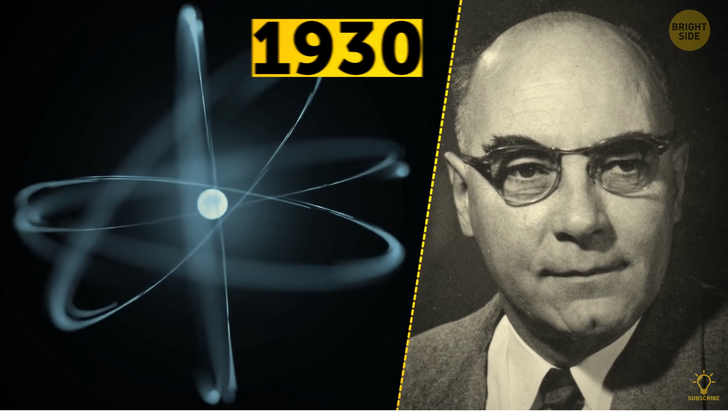
An unusual teardrop-shaped star was found. It has almost twice the mass of the Sun and looks like a big drop of lava because of the dwarf star hanging out nearby. The little buddy attracts the energy of its “big brother” and distorts its surface. Black holes can do that too: there’s a star about 215 million light years away from us that got ‘spaghettified’ because of the gravity of a black hole nearby.
Astronomers on Earth had to use dozens of telescopes to register the event. In the end, they saw a black hole gobbling up a star, which stretched until it became a thin ray of matter. As it was eating, the hole also ejected billions of tons of star material into space.
About 250 million light years away, though, there’s a miraculous survival story: in 2020, a red giant came too close to a massive black hole, 400,000 times heavier than the Sun, and got caught in its gravitational pull. Normally, this means there’s no escape: once a black hole catches something, it will never let go of its prey. In this case, the star somehow managed to get away.
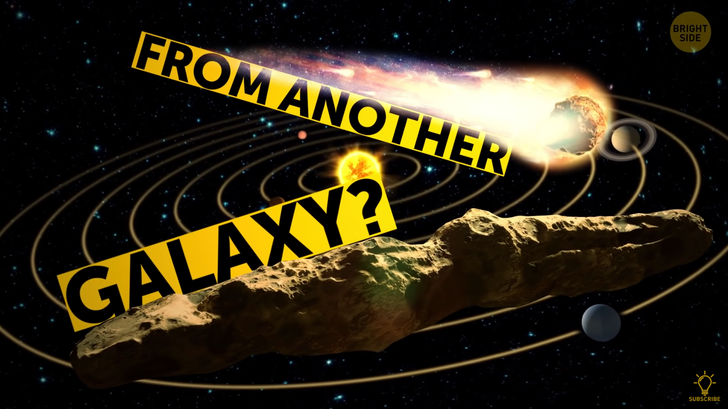
Most of its outer layers were slurped away by the hungry black beast, leaving behind only the molten core — a white dwarf. And using this loss of mass, it ripped itself from the black hole’s tug and started circling it at an ever-increasing orbit. Scientists are sure the white dwarf is still imprisoned forever, though, because the hole continues to chip away at it even as it gets further.
In the end, the star will cool down and become a planet that looks much like Jupiter — but that might only happen in about a trillion years, (I won’t be around then), and much longer than the Universe has been around so far. It was proved that a planet can orbit a black hole as it would a star. The energy from the hole would feed such a planet.
But to survive in such conditions and not be pumped inside the event horizon, the planet must orbit very quickly, at nearly the speed of light, and the black hole itself must spin at the same speed. I can’t but imagine what kind of life it would be on such a planet... Fast?
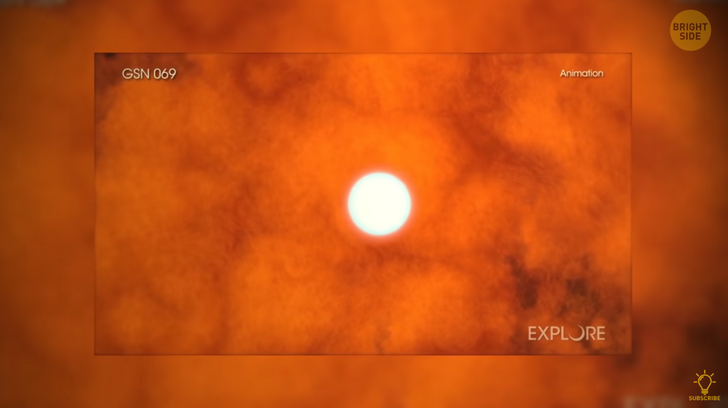
Earthquakes on the Moon (or should I say “moonquakes”?) aren’t something from science-fiction. They don’t occur as often as on our planet. And when they do, it happens closer to the center of the satellite. Scientists think “moonquakes” might be caused by the gravity of Earth and the Sun. There are marsquakes too!
For a long time, the red planet had been considered tectonically inactive, but more recent observations have shown it still has weak quakes from time to time. You probably wouldn’t even be able to feel them if you stood on Mars’ surface, but it means some geological processes are still going on underneath the red and dusty landscape.
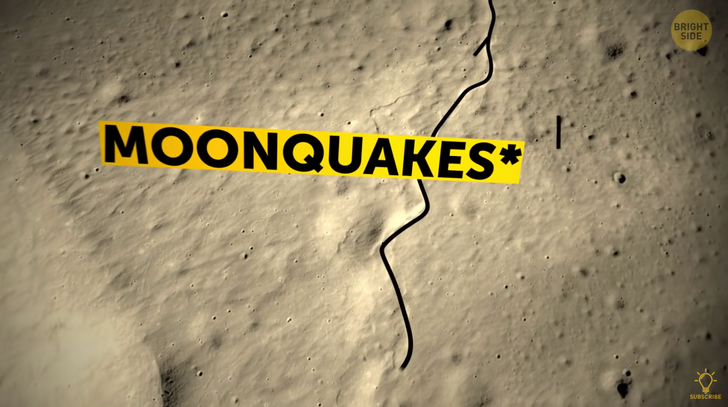
At a distance of 640 light-years from the Sun, scientists discovered planet WASP-76 b where it rains iron. The planet is very close to its sun and always turned to it with the same side — the term is “tidally locked”. The temperature on the “sunny” side is so high that metals melt and evaporate there. The other half of the planet is cool enough so that metals condense again and fall down as rain.
Speaking of tidal locks, our Moon is the same way: there’s no dark side to our satellite, it’s just always turned to us with one side. When the Moon happens to be in-between the Earth and the Sun, what we call its “dark side” becomes brightly lit — we just can’t see it from our planet. Figures.
Turns out there are plenty of planets in the Universe and even in the Milky Way galaxy that have liquid or frozen water on them. The closest one is within our Solar System — it’s Europa, one of Jupiter’s moons. Scientists are almost sure that, underneath its frozen surface, there’s an actual ocean of water. But it’s too soon to be hyped about possible life on such planets: liquid water is only one of many things that have to come together for life to appear on a planet.
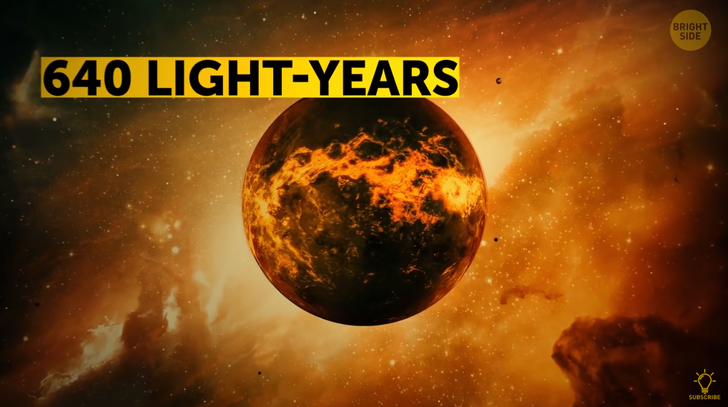
In fact, there’s a place millions of light years away where there’s a whole floating space cloud made entirely of water. There’s so much of it that it could fill all our oceans 140 trillion times over. Slightly more than what we need. Water on Earth is actually a puzzle shrouded in mystery and covered with riddles. The most popular theory is that it was brought to our planet by icy comets and asteroids that left behind not only mighty craters but the liquid substance thanks to which we can now thrive.
But in space, there’s a whole lot of organic matter, and under specific conditions, it could yield so much water it would be enough to fill our oceans a thousand times over. Researchers conducted an experiment in which they heated this organic matter and obtained clear water and oil. If this is confirmed in future studies, it could mean that even oil appeared on Earth not only thanks to fossilized remains of living beings but came from outer space as well.
And yet, there just might be about 6 billion Earth-like planets in the Milky Way galaxy alone. The latest data has shown that every fifth Sun-like star can have at least one planet in its habitable zone. And not just any planet, mind you: it has a rocky core and surface, and it’s of a comparable size to the Earth. Being inside the habitable zone of its star, such a planet would have high chances of becoming home to living creatures — microbes, at least.
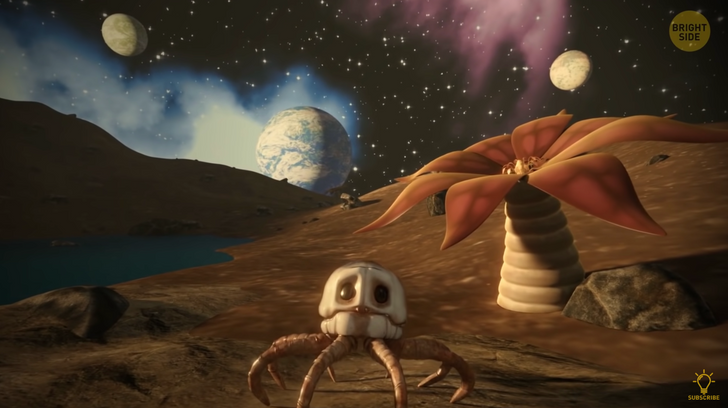
And if there are billions of these planets in our galaxy, you could safely say that at least one of them is not only inhabitable but inhabited already. And now multiply this by the number of galaxies in the Universe, also considering that many of them are much bigger than the Milky Way. This gives us billions upon billions of Sun-like stars and Earth-like planets, and some of them are surely more like ours than others.
Until recently, we thought our galaxy looked like a circular spiral. But recent research has shown it looks more like a Pringles chip. Scientists measured the distances between the Sun and other stars and created a three-dimensional map of the Milky Way based on this data. It turned out that our galaxy is slightly curved at the edges and takes an S shape.
And get this: we might be able to walk upright because of supernova explosions. About 2.5 million years ago, a supernova sent cosmic rays to our planet. They triggered a series of electrical storms in the Earth’s atmosphere, which turned into thunderstorms.
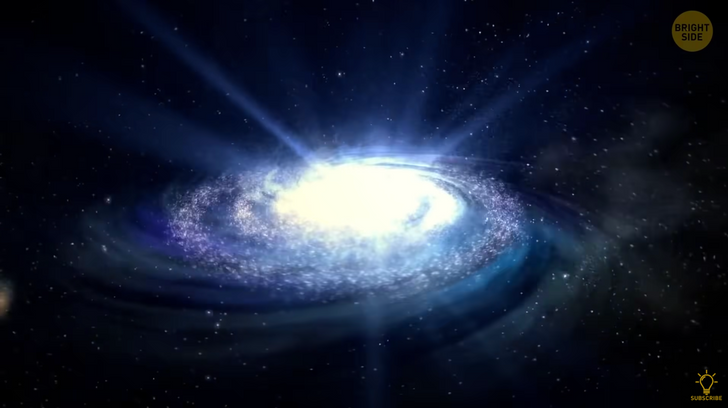
Those, in their turn, caused wildfires in northeast Africa, where our earlier ancestors lived. Fires turned the forest area into a savanna, the atmospheric pressure changed, and our ancestors had to stand on two legs to survive.
The biggest explosion since the Big Bang was registered in 2019. This happened in the Ophiuchus cluster, which unites thousands of galaxies. According to scientists, the blast was equal to 20 billion billion (that’s 18 zeroes) megaton explosions happening once a millisecond for 240 million years. I’ll have to trust that. My math is not that good.
Remember the asteroid that wiped out the dinosaurs on Earth? Who could forget? There might’ve been another space show that ended badly for at least 75% of all life on our planet in the past. Roughly 360 million years ago, a supernova explosion occurred about 65 light years away from us, and the cosmic rays sent by it swept away the ozone layer of our pretty blue ball.
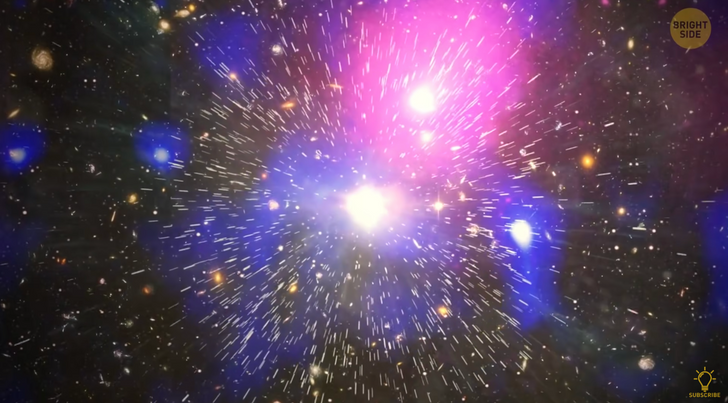
If it had been any closer, all life could’ve easily been gone.
Right now, the greatest threat for us comes in the form of Betelgeuse — not the movie, but a giant star about 600 light years away. If it explodes into a supernova, we’ll see it with unaided eyes even during the day.











